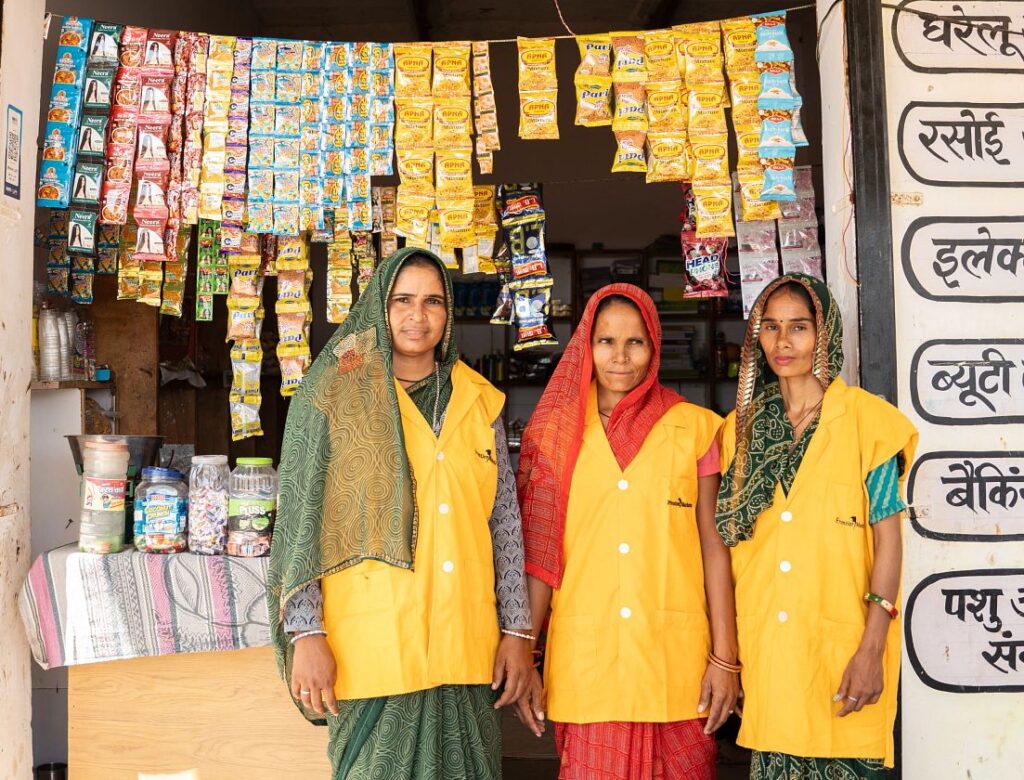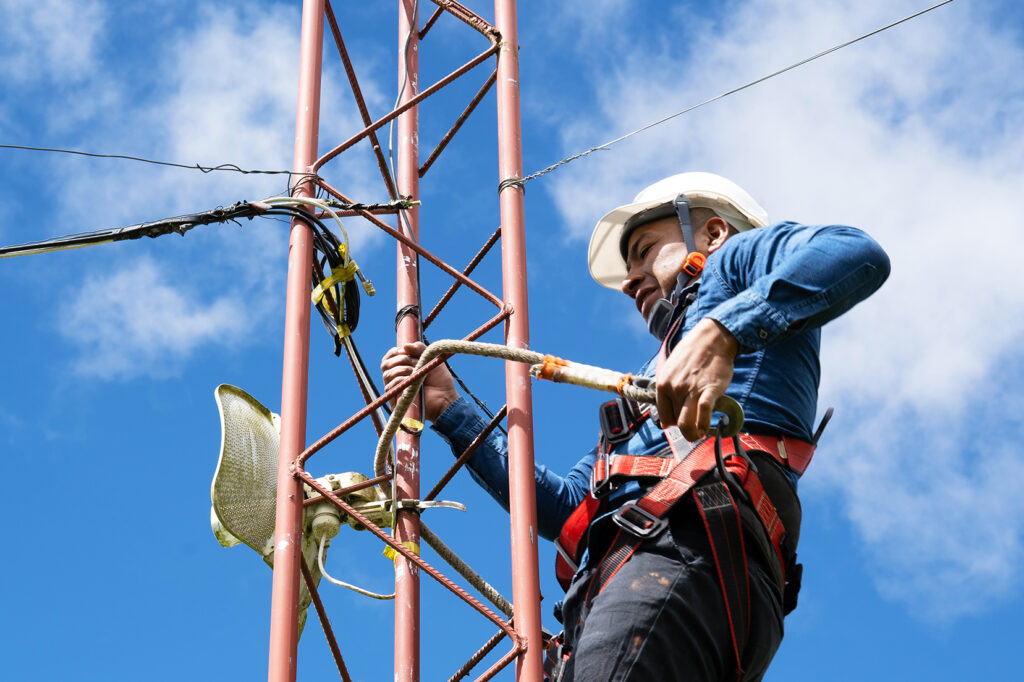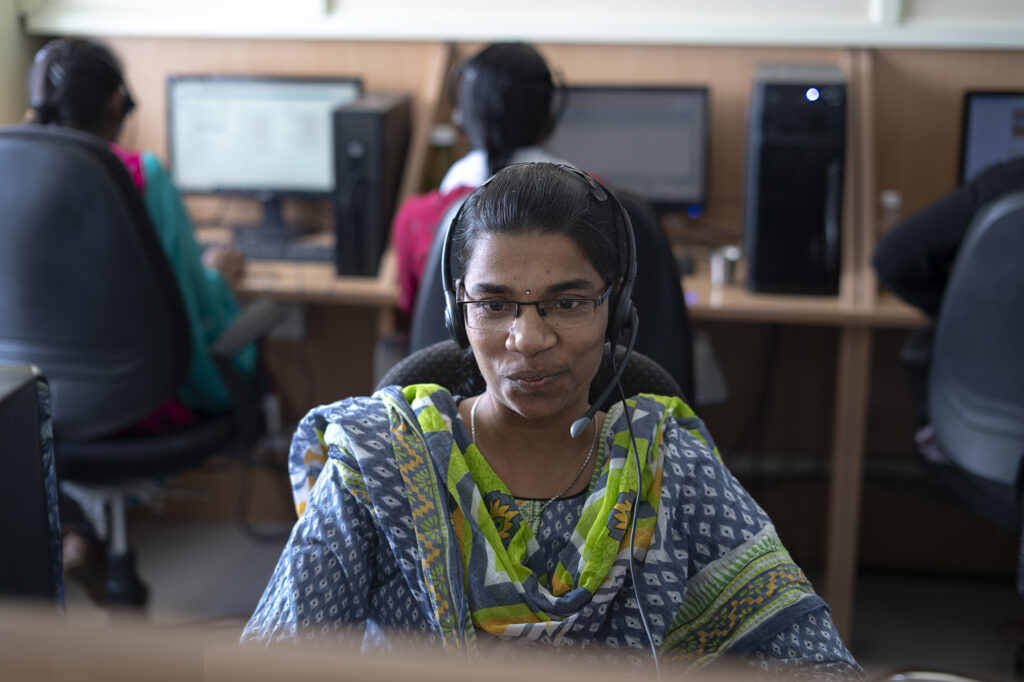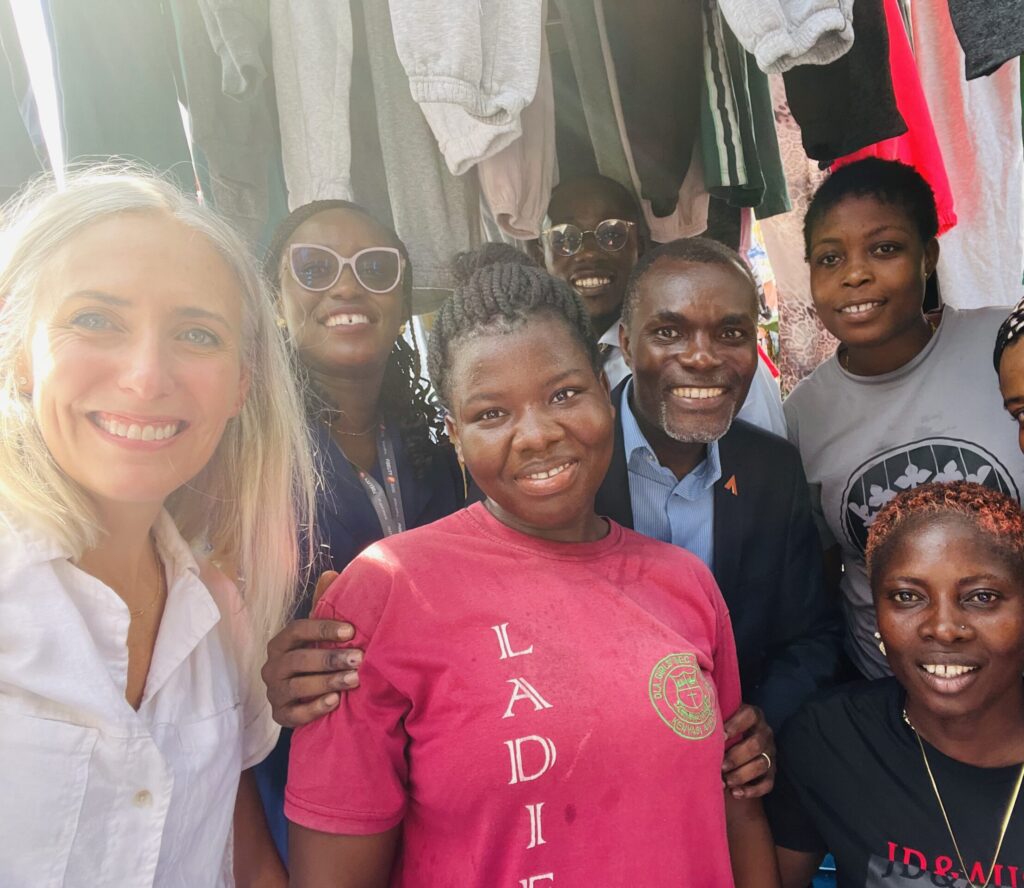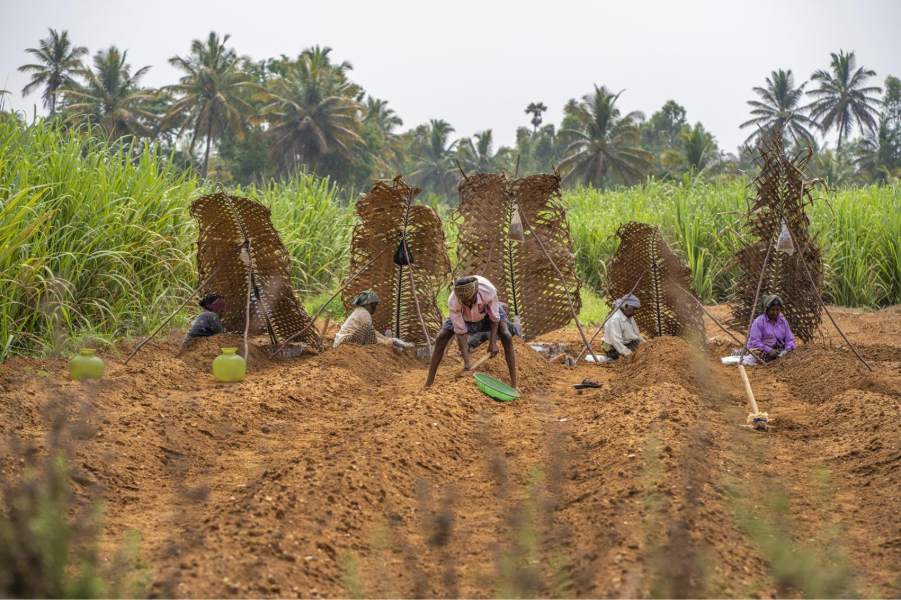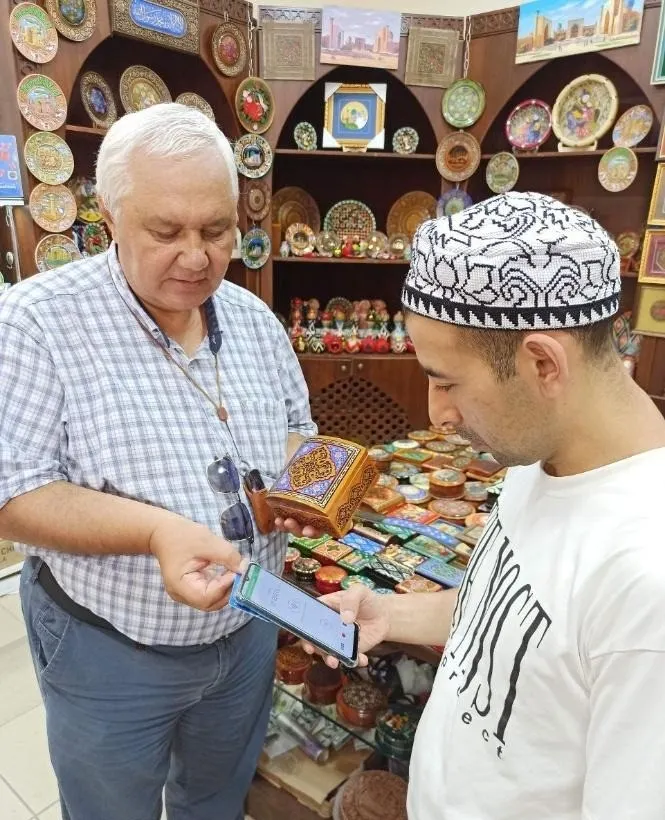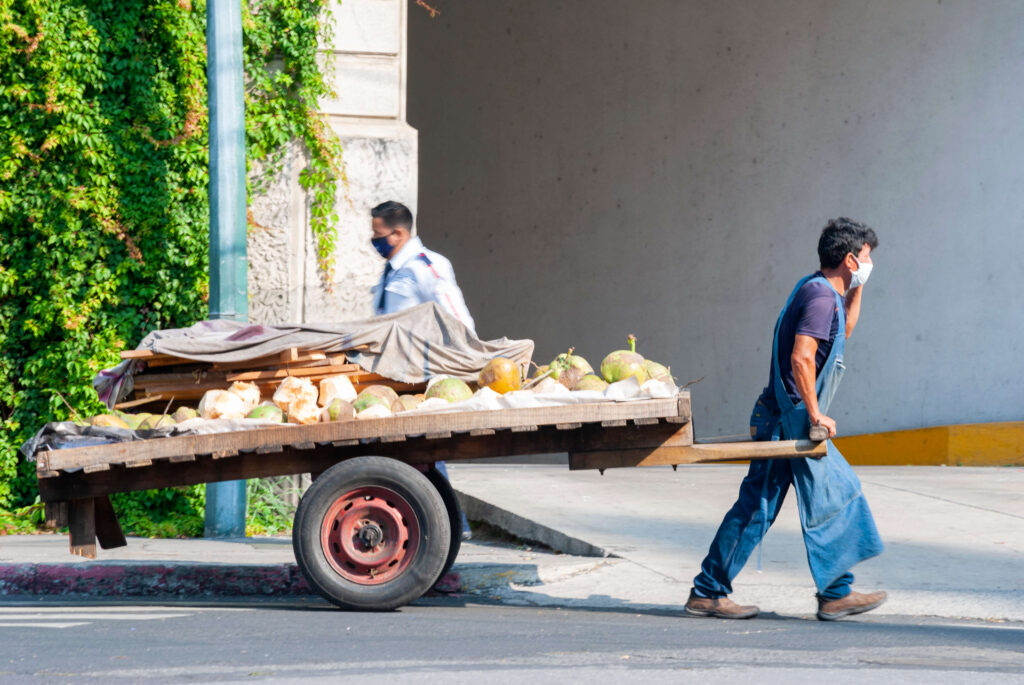
Cover photo: People walk through the mostly empty streets of Guatemala City in July 2020. Photo by ByronOrtizA.
Latin America is the region hardest hit by the pandemic, and in the Northern Triangle — El Salvador, Guatemala, and Honduras — a vicious combination of poverty and violence is driving mass migration to the United States. All three countries fall near or in the bottom third of the UN’s 2020 Human Development Index. The share of people earning less than $5.50 per day ranges from 22 percent in El Salvador to nearly 50 percent in Honduras. In those two countries, remittances accounted for more than 20 percent of GDP in 2019—and these vital flows took a major hit from the pandemic.
As thousands of migrants continue to flee their home countries, the Biden Administration is ramping-up efforts to address the root causes of the crisis. Beyond any government response, this problem also requires active participation from the private sector, NGOs, and humanitarian groups.
A coherent effort across these sectors is key to making a difference in the lives of the people affected. In particular, private sector financial institutions and NGOs can ensure resources go to the individuals and small companies that need funding and help to grow their businesses, and an incentive to remain in their home countries.
For decades, microfinance institutions (MFIs) have pioneered ways to bring financial services to some of the world’s most vulnerable and excluded people. In the Northern Triangle, many MFIs and cooperatives focus on reaching the poor—precisely the people most likely to emigrate. With additional capital and new technology, these institutions could grow significantly and help more people expand their farms, build small businesses, and boost incomes.
MFIs already reach almost 9 percent of the region’s population, or 4 million people. They serve clients who play important roles in the region’s economy, and who we need to help: 62 percent of active MFI borrowers in the region are women, and 60 percent live in rural areas. And considering that the total MFI portfolio in each country is already 2 to 7 times the annual amount of U.S. development aid, the opportunity to scale and achieve impact is immense.
Three ways NGOs and the public and private sector can help create economic opportunities
The United States’ public and private sectors should unite to support MFIs in the Northern Triangle and extend an economic lifeline for millions of small businesses and families there. Here are three ways that U.S. development finance institutions, with support from philanthropic or corporate partners, could help MFIs expand economic opportunities throughout Central America:
First, we need to catalyze the digital transformation of MFIs.
The pandemic continues to widen the digital divide, threatening to leave behind people without the tools and skills they need to adapt, rebuild, and recover. Helping MFIs leverage time- and cost-saving technologies can allow them to reach more clients, understand their clients’ needs, and improve their operations.
And as MFIs digitally transform, they can help their clients do the same, allowing microentrepreneurs to stay in business during lockdowns and access the benefits of the digital economy. But given their focus on the poor, MFIs need support through funding and subsidies to successfully innovate and transform.
Second, we need to extend support through debt financing.
Amid the pandemic’s continuing hardships, MFIs have a serious need for liquidity to offer credit to more clients. U.S. development agencies should set up a debt financing facility to help Central American MFIs access the capital they need today, while requiring them to pay off the debt at a later date, with interest.
This funding would help MFIs offer more credit, insurance, and other services that small businesses need to grow and thrive. It could also help MFIs offer new services, like supply chain financing, and leverage already high levels of remittances to lower their related costs and offer remittance-based lending.
And third, we must ensure MFIs can reach vulnerable people.
Should MFIs increase their lending activity, they would also assume more risk as more small businesses start receiving credit. U.S. development finance agencies should create portfolio guarantees to support MFIs focused on reaching riskier target markets. This would help stabilize MFIs as they increase lending activity and take on more losses, ensuring they have the solid footing they need to continue energizing local economies.
Many factors have contributed to mass migration in Central America, and persistent poverty is likely linked to every one. With the right support to expand their reach and harness digital technology, MFIs in Central America can serve as powerful partners in stabilizing the economy and addressing the root economic causes of migration. As Vice President Harris prepares to meet with leaders in the Northern Triangle, these institutions should remain top of mind in the discussion on how to help vulnerable people gain an economic foothold in their home countries.
Unirse para ayudar a abordar las causas fundamentales de la crisis migratoria
América Latina es la región más afectada por la pandemia, y en el Triángulo Norte — El Salvador, Guatemala y Honduras — una atroz combinación de pobreza y violencia impulsa la migración masiva hacia Estados Unidos. Los tres países se encuentran dentro o cerca del tercio inferior del Índice 2020 de Desarrollo Humano de la ONU. La proporción de personas que ganan menos de $5,50 al día va del 22 por ciento en El Salvador, hasta casi el 50 por ciento en Honduras. En esos dos países, las remesas representaron más del 20 por ciento del PIB en 2019 y estos flujos vitales se vieron afectados por la pandemia.
Mientras miles de migrantes continúan huyendo de sus países, el gobierno de Biden está intensificando sus esfuerzos para abordar las causas profundas de la crisis. Más allá de cualquier respuesta gubernamental, este problema también requiere la participación activa del sector privado, de las ONG y de grupos humanitarios.
Un esfuerzo coherente de estos sectores es clave para lograr cambios en las vidas de las personas afectadas. En particular, las instituciones financieras del sector privado y las ONG pueden velar por que los recursos lleguen a las personas y pequeñas empresas que necesitan financiamiento y apoyo para crecer, e incentivos para quedarse en sus países de origen.
Durante décadas, las instituciones microfinancieras (IMF) han sido pioneras llevando servicios financieros a algunas de las personas más vulnerables y excluidas del mundo. En el Triángulo Norte, muchas IMF y cooperativas se enfocan en atender a los pobres, precisamente las personas con más probabilidades de emigrar. Si dispusieran de capitales adicionales y nuevas tecnologías, estas instituciones podrían crecer significativamente y ayudar a más personas a expandir sus actividades agrícolas, crear pequeñas empresas y aumentar sus ingresos.
Las IMF ya llegan a casi el 9% de la población de la región, unas 4 millones de personas; atienden a clientes que desempeñan un papel importante en la economía de la región y son las que debemos ayudar: el 62 por ciento de los prestatarios activos de las IMF en la región son mujeres, y el sesenta por ciento vive en áreas rurales. Y considerando que la cartera total de las IMF en cada país ya equivale a entre 2 y 7 veces el monto anual de ayuda al desarrollo de los Estados Unidos, la oportunidad de lograr escala e impacto es inmensa.
Tres formas en las que las ONG y el sector público y privado pueden ayudar a crear oportunidades económicas
Los sectores público y privado de los Estados Unidos deberían unir esfuerzos para apoyar a las IMF en el Triángulo Norte, sirviendo de salvavidas económico para millones de pequeñas empresas y familias en la zona. Aquí hay tres formas en las que las instituciones financieras de desarrollo de los EE. UU., con el apoyo de aliados filantrópicos o corporativos, podrían ayudar a las IMF a expandir las oportunidades económicas en toda Centroamérica:
Primero, necesitamos catalizar la transformación digital de las IMF.
La pandemia continúa ampliando la brecha digital, amenazando con rezagar a personas que carecen de las herramientas y las habilidades que necesitan para adaptarse, reconstruir y recuperarse. Ayudar a las IMF a aprovechar las tecnologías que ahorran tiempo y costos puede permitirles llegar a más clientes y comprender sus necesidades, y mejorar sus operaciones.
Y a medida que las IMF se transforman digitalmente, pueden ayudar a sus clientes a hacerlo también, lo que permitirá a los microempresarios mantener sus negocios en funcionamiento durante los confinamientos, y acceder a los beneficios de la economía digital. Pero dado que estas IMF se enfocan en los pobres, necesitan apoyo a través de financiamiento y subsidios para innovar y transformarse exitosamente.
En segundo lugar, debemos ampliar el apoyo mediante el financiamiento de la deuda.
En medio de las prolongadas dificultades de la pandemia, las IMF tienen gran necesidad de liquidez para ofrecer crédito a más clientes. Las agencias de desarrollo estadounidenses deberían establecer mecanismos de financiamiento de deuda para ayudar a las IMF centroamericanas a acceder al capital que requieren ahora, y solo exigirles ulteriormente la amortización de la deuda con pago de intereses.
Este financiamiento ayudaría a las IMF a ofrecer más crédito, seguros y otros servicios que las pequeñas empresas necesitan para crecer y prosperar. También podría permitir a las IMF ofrecer nuevos servicios como el financiamiento de la cadena de suministros, y aprovechar los ya elevados niveles de remesas para reducir sus costos relacionados y ofrecer préstamos basados en remesas.
Y tercero, debemos garantizar que las IMF pueden llegar a personas vulnerables.
Si las IMF incrementaran su actividad crediticia, también asumirían mayores riesgos a medida que más pequeñas empresas comiencen a recibir crédito. Las agencias de financiamiento para el desarrollo de los EE. UU. deberían crear un garantías de portafolio para apoyar a las IMF centradas en llegarle a mercados con objetivo más riesgosos. Esto ayudaría a estabilizar las IMF a medida que aumentan la actividad crediticia. Garantizando que tengan la base sólida que necesitan para continuar dinamizando las economías locales.
Muchos factores han contribuido a la migración masiva en Centroamérica, y es probable que la persistente pobreza esté relacionada con todos ellos. Mediante el apoyo adecuado para expandir su alcance y aprovechar la tecnología digital, las IMF en Centroamérica pueden actuar como poderosos aliados para estabilizar la economía y abordar los componentes económicos fundamentales de la migración. En este momento, cuando la vicepresidenta Harris se prepara para reunirse con los líderes del Triángulo Norte, estas instituciones deben seguir siendo una prioridad en la discusión sobre cómo ayudar a las personas vulnerables a lograr una base económica en sus países de origen.

